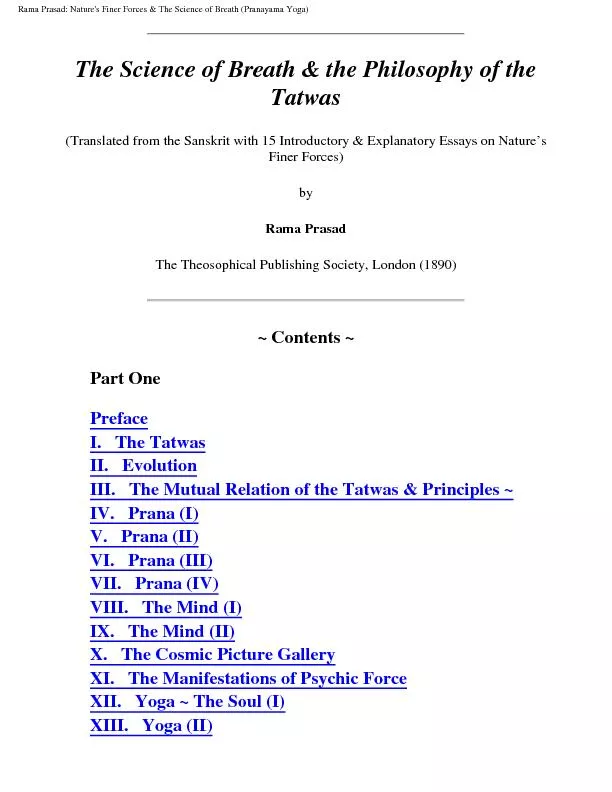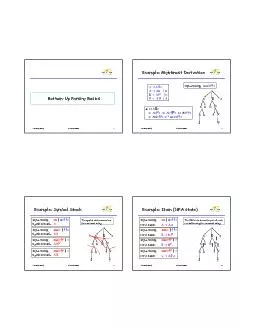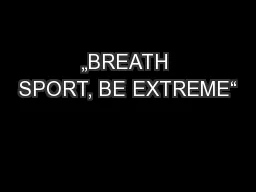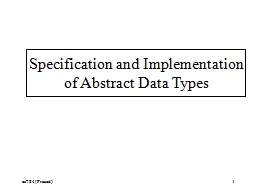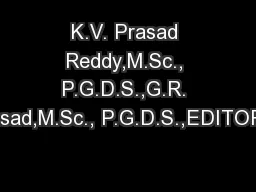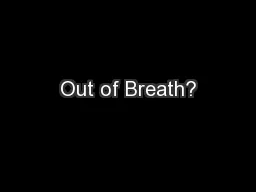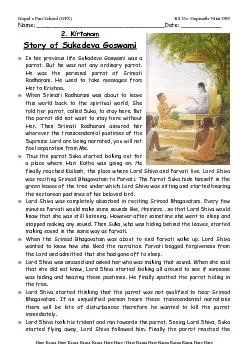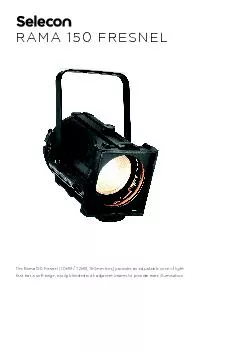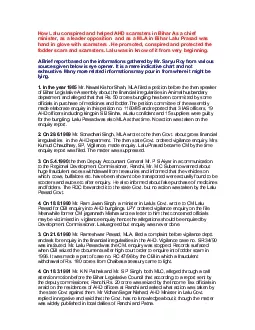PDF-Rama Prasad: Nature's Finer Forces & The Science of Breath (Pranayama
Author : calandra-battersby | Published Date : 2016-04-15
The Science of Breath the Philosophy of the Tatwas Translated from the Sanskrit with 15 Introductory Explanatory Essays on Nature146s Finer Forces by Rama Prasad
Presentation Embed Code
Download Presentation
Download Presentation The PPT/PDF document "Rama Prasad: Nature's Finer Forces & The..." is the property of its rightful owner. Permission is granted to download and print the materials on this website for personal, non-commercial use only, and to display it on your personal computer provided you do not modify the materials and that you retain all copyright notices contained in the materials. By downloading content from our website, you accept the terms of this agreement.
Rama Prasad: Nature's Finer Forces & The Science of Breath (Pranayama: Transcript
Download Rules Of Document
"Rama Prasad: Nature's Finer Forces & The Science of Breath (Pranayama"The content belongs to its owner. You may download and print it for personal use, without modification, and keep all copyright notices. By downloading, you agree to these terms.
Related Documents

